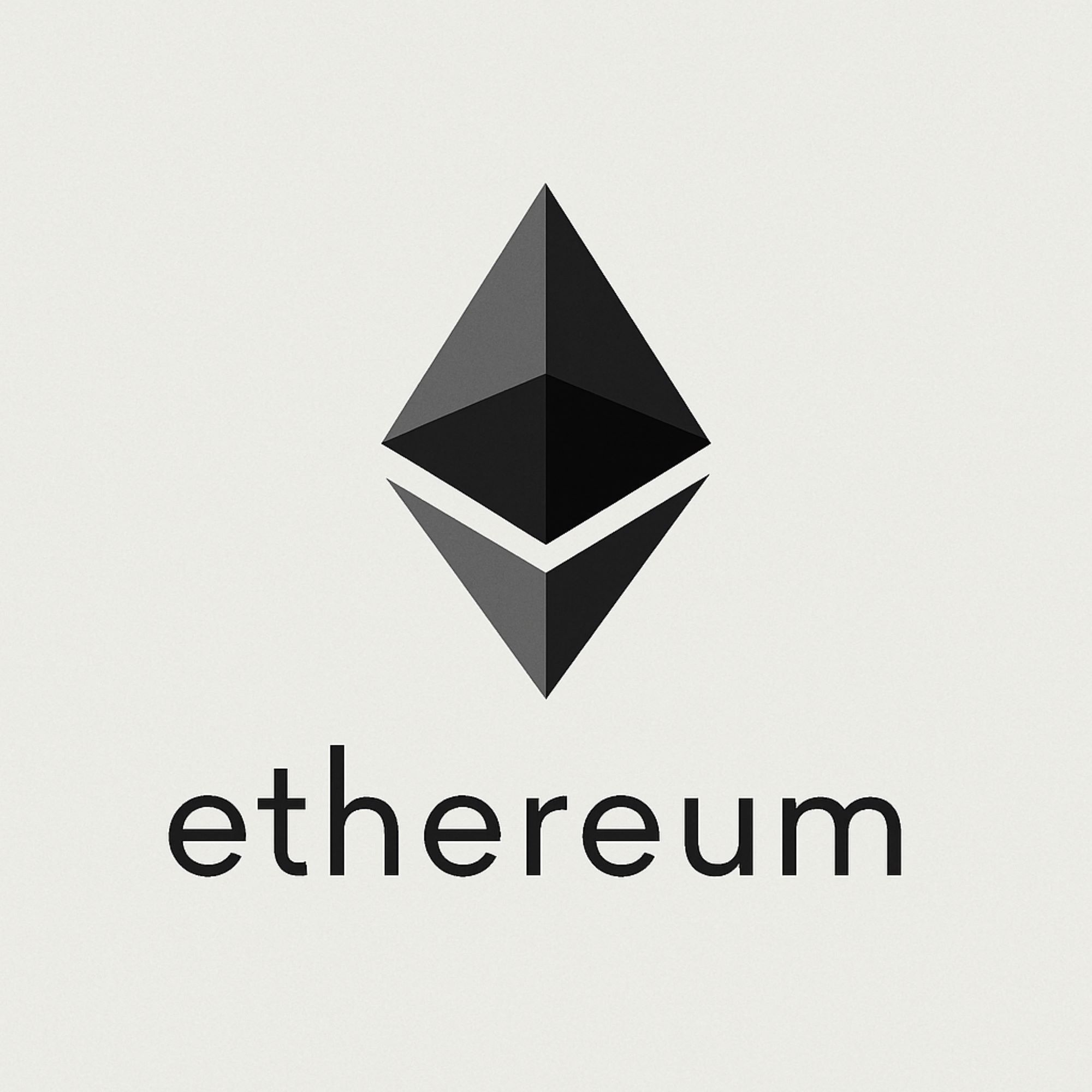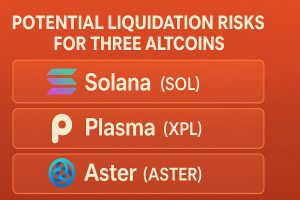Ethereum’s journey from a niche blockchain project to a mainstream cryptocurrency is a remarkable story of technological innovation and strategic development. Over the past few years, Ethereum has experienced significant growth, driven by advancements in blockchain technology, increased institutional interest, and a broader acceptance of digital currencies as viable investment options.
Initially launched in 2015 by Vitalik Buterin and a team of developers, Ethereum introduced the concept of smart contracts, which allowed for programmable, self-executing agreements on the blockchain. This innovation set Ethereum apart from Bitcoin and other cryptocurrencies, providing a foundation for decentralized applications (dApps) and decentralized finance (DeFi) platforms.
The widespread adoption of Ethereum has been fueled by several key factors. First, the development of the Ethereum 2.0 upgrade, which aims to improve network scalability and energy efficiency, has increased confidence among investors and developers. Second, the explosive growth of DeFi projects, many of which are built on Ethereum, has brought the platform into the mainstream consciousness as a hub for financial innovation.
Major companies and institutional investors have begun to recognize Ethereum’s potential, integrating it into their investment strategies and exploring blockchain technology for various applications. This has helped to elevate Ethereum’s status from a speculative asset to a fundamental part of the digital economy.
Market analysts note that Ethereum’s price performance and increasing utility have contributed to its mainstream acceptance. The rise in institutional interest, along with the growing ecosystem of dApps, NFTs, and DeFi, suggests that Ethereum could maintain its leadership position in the cryptocurrency space for years to come.
Looking ahead, Ethereum’s future will depend on continued technological upgrades, regulatory developments, and broader adoption. The transition to Ethereum 2.0 and its impact on scalability and cost-effectiveness will be crucial to watch. Additionally, regulatory clarity around cryptocurrencies could either boost or hinder Ethereum’s mainstream integration.
What are the main reasons for Ethereum’s mainstream success?
Ethereum’s innovation with smart contracts, the development of DeFi, and ongoing technological upgrades have been key factors in its rise to mainstream recognition.
How does Ethereum compare to Bitcoin in terms of mainstream acceptance?
While Bitcoin remains the most recognized cryptocurrency, Ethereum has gained significant traction due to its utility in decentralized applications and financial services.
What challenges does Ethereum face moving forward?
Ethereum faces challenges including regulatory scrutiny, competition from other blockchain platforms, and the need for successful implementation of Ethereum 2.0 upgrades.







